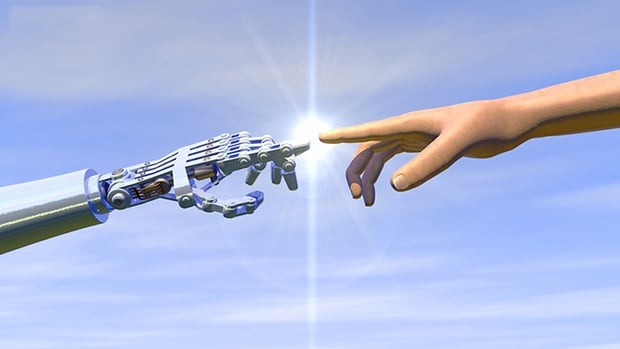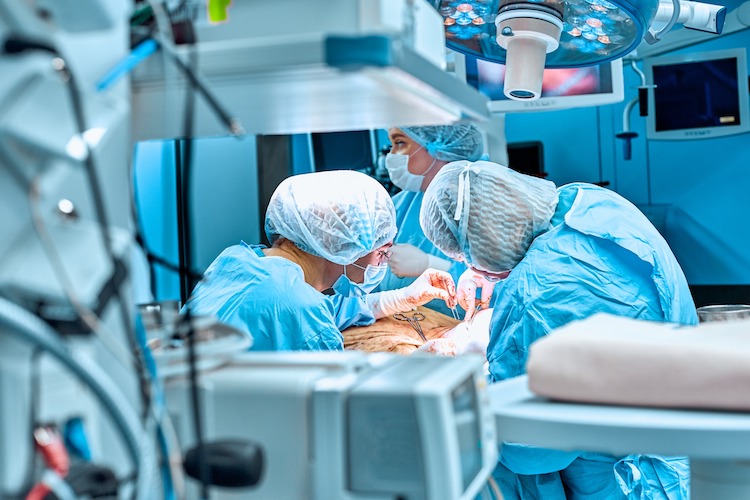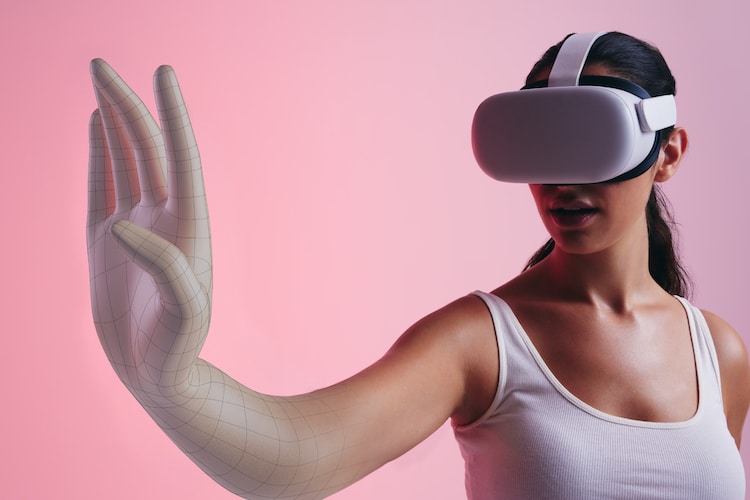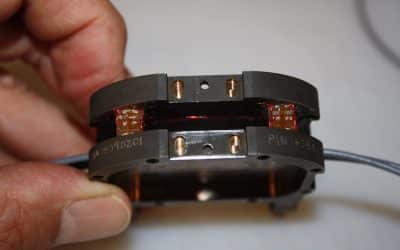Grasping the Future: Using Triaxial Sensors for Grasping Devices
Industry Insights
Grasping the Future: Using Triaxial Sensors for Grasping Devices
Controlling a prosthetic arm naturally and with dexterity has long been a goal of the medical community. Previous prosthetics had only two sensors which limited their ability to open and close the hand. Lack of mobility is a serious challenge for a tool designed to grasp and manipulate. With the most recent technological development from Sensing Systems, however, all that has changed.

Many Industries Can Benefit From the Use of Fingertip Sensors
Tri-axial sensors acquire multi-directional data at a single mounting point. Increased speed of data collection and consistently reliable readings are major benefits of these sensors. They can help measure, calibrate, and improve equipment applications in laboratories and production lines. Any field in which a highly sensitive grasping function is needed will find this technology useful and advantageous. A few of the many fields that will benefit from the use of multi axial fingertip sensors are:
Medical
Minimally invasive surgical tools, such as fingertip electrosurgical devices, are used for tissue grasping and cutting, clotting, fusing, and ablating during laparoscopic procedures. These procedures make smaller incisions, reduce healing time, and minimize scarring.The same multi-axial sensor technology used in prosthesis may be applied to surgical devices enabling surgeons to perform these procedures safely and accurately. Instead of the current two finger cuff in use today, dexterous digits could be applied, giving the surgeon the accuracy of open procedures with the least amount of invasiveness.
Remote Operations
Industrial machinery is often operated remotely, especially in areas that are unsafe or inaccessible to humans. The ability to adeptly control a system or equipment from a remote location can make industries more efficient. With the tri-axial sensors developed and manufactured by Sensing Systems, these remote machines could become vastly more effective. The fingertip sensors give machines the dexterity to perform detailed tasks without the necessity of a human’s presence. A person could control a device from a safe distance while still performing the required tasks.
Gaming
Today’s gaming world has surpassed the days of Pong and Pac-Man. Systems have become increasingly interactive. In 1989, Nintendo released the Power Glove, a precursor to the real possibility of virtual reality gaming. Though it was considered a success of innovation, it wasn’t a commercial success. More recently, however, gaming has become all about making the gamer the main character.
Motion capture technology was the next step toward putting the player into the game. When applied to the gaming world, multi axis sensors give the gamer a lifelike capability to manipulate virtual objects never before possible. Having the ability to feel and operate virtual devices may revolutionize the gaming and virtual reality industries.
Robotics
Automotive
Tools or robots with a sense of touch would prove more efficient when repairing or inspecting hard to reach equipment. Instead of having to remove and dismantle an entire engine, a mechanic could use a tool created with tri-axial sensors to go where fingers can’t. This could also increase safety by giving a mechanic the ability to remotely manipulate tools accurately.
Tri-axial fingertip sensors controlled by a person’s brain are a breakthrough technological advancement. Restoring the sense of touch and dexterity in a person dramatically increases their quality of life. This innovative technology can also be used in a diverse array of industries. The use of robotics is widespread and, with this technology, possible applications are endless. Sensing Systems is at the forefront of designing, implementing, interfacing, and manufacturing this tri-axial fingertip technology.
To learn more about how to incorporate Tri-Axial Sensors into your manufacturing process, contact us today. Our qualified specialists will be happy to answer any questions you may have via telephone or email. You can also view our Fingertip sensors as they appeared in National Geographic, Machine Design, and CBS 60 minutes by clicking here.
Industry Insights
Multi-Axis Load Cells: A Game Changer for Complex Measurements
Industry InsightsMulti-Axis Load Cells: A Game Changer for Complex...
The Five Most Common Uses of Submersible Load Cells
Industry InsightsThe Five Most Common Uses of Submersible Load Cells...
The Role of Load Cells in Safety-Critical Applications
Industry InsightsThe Role of Load Cells in Safety-Critical Applications ...








